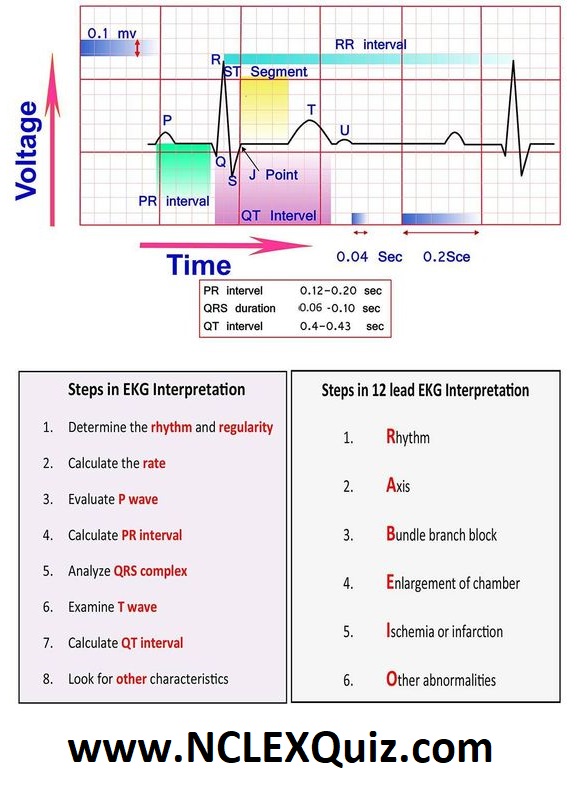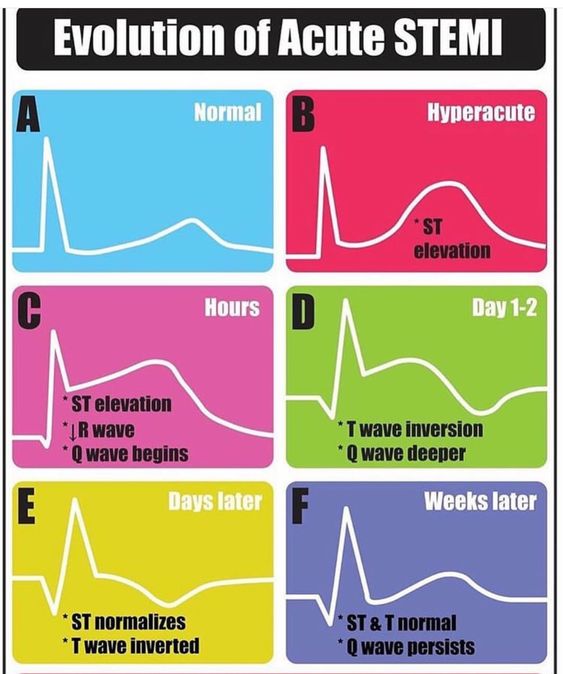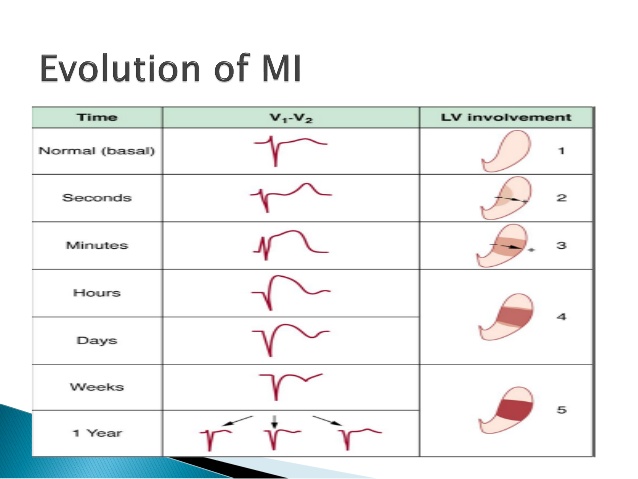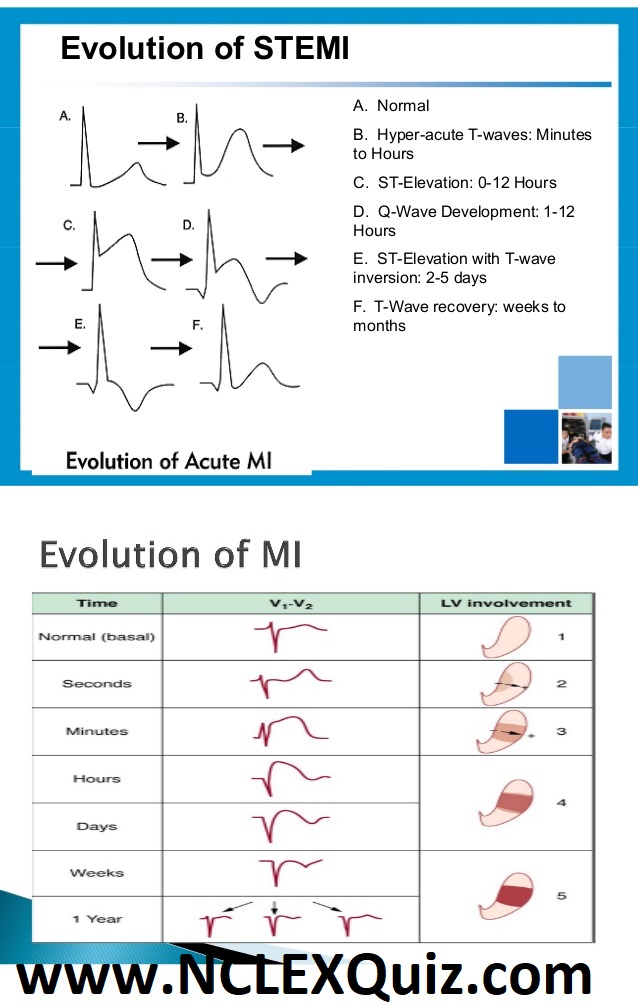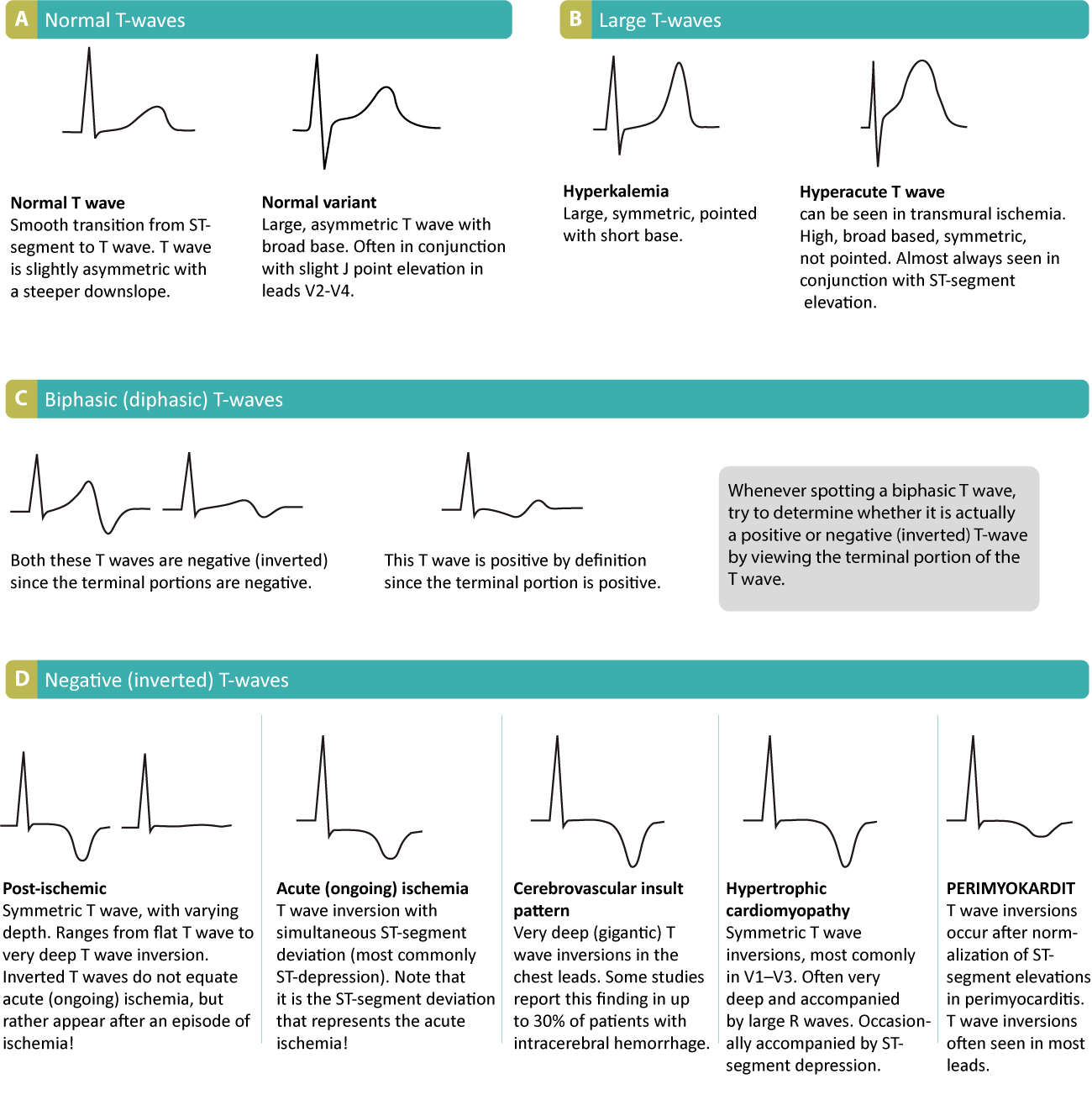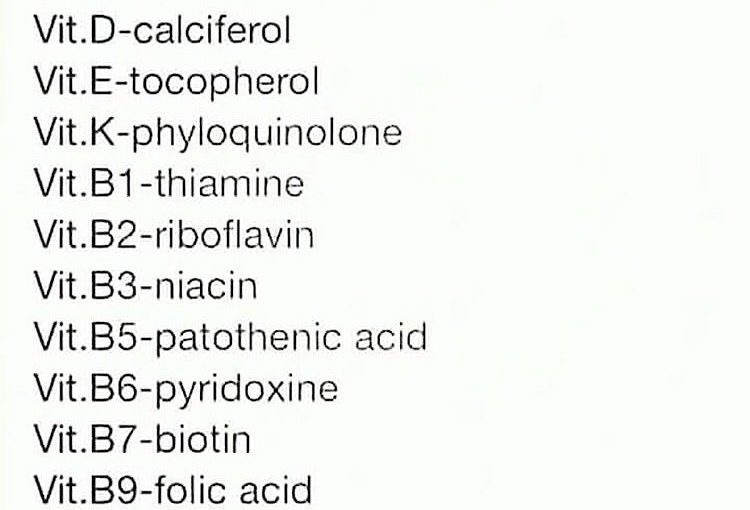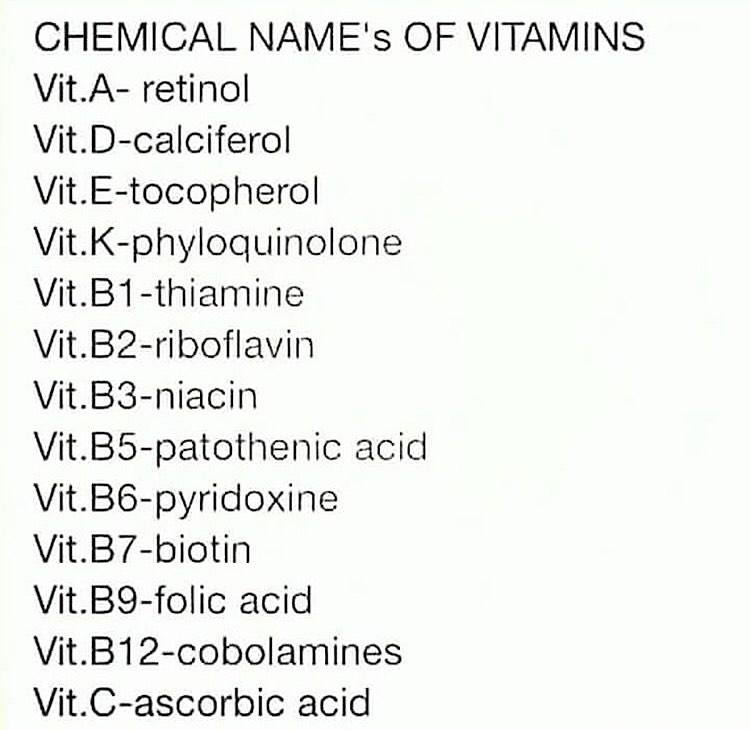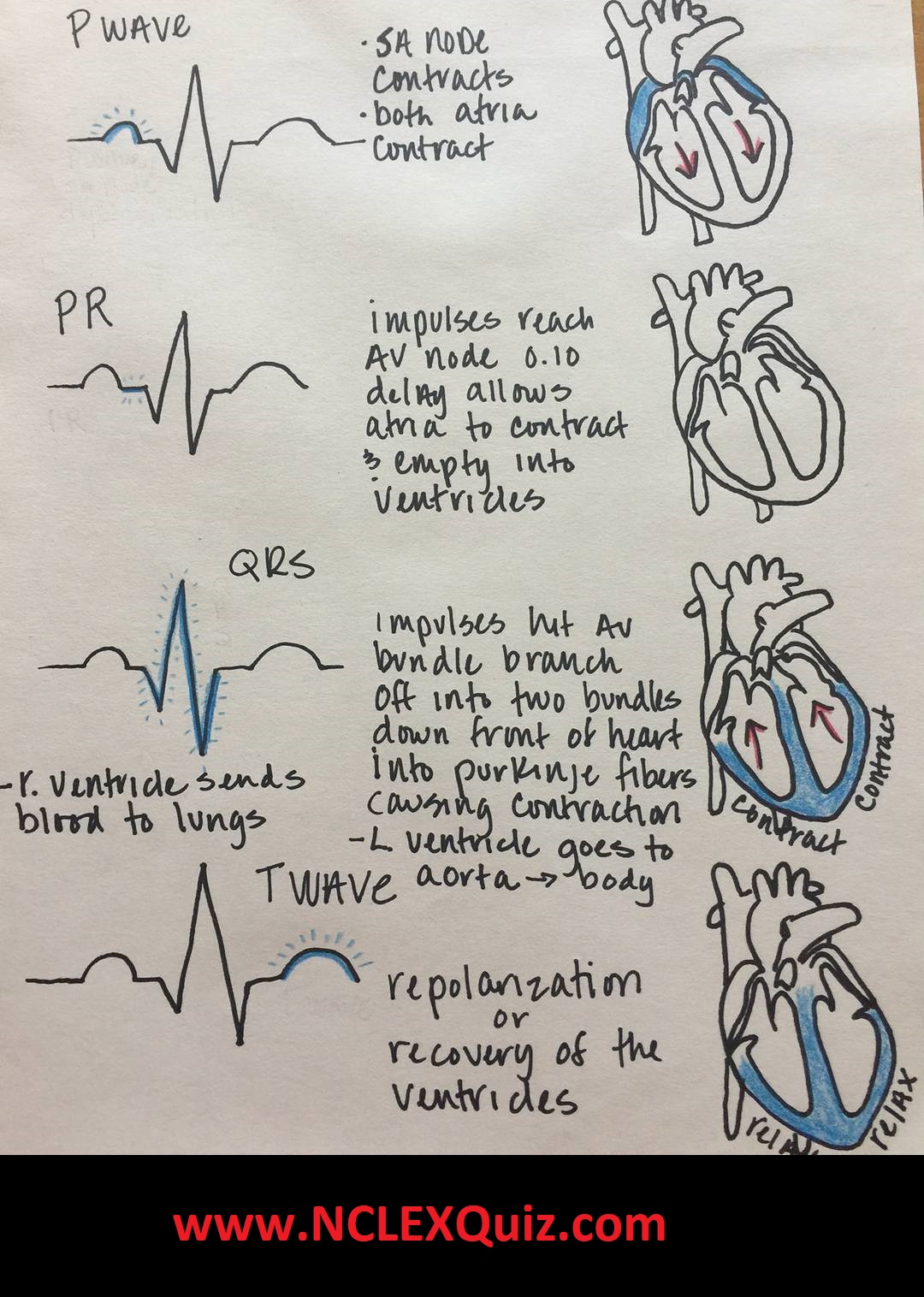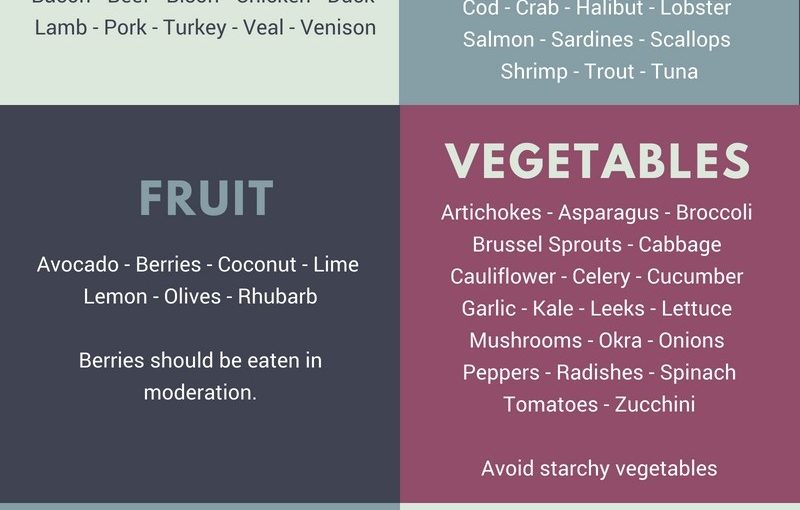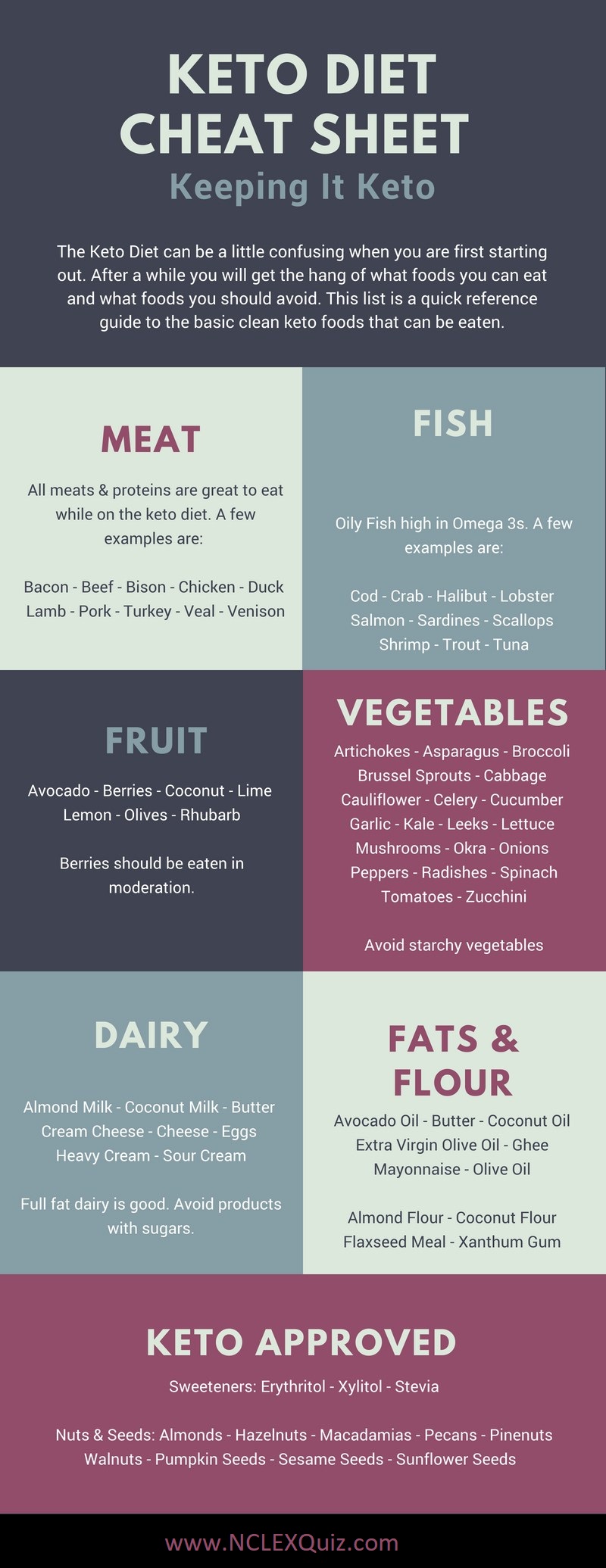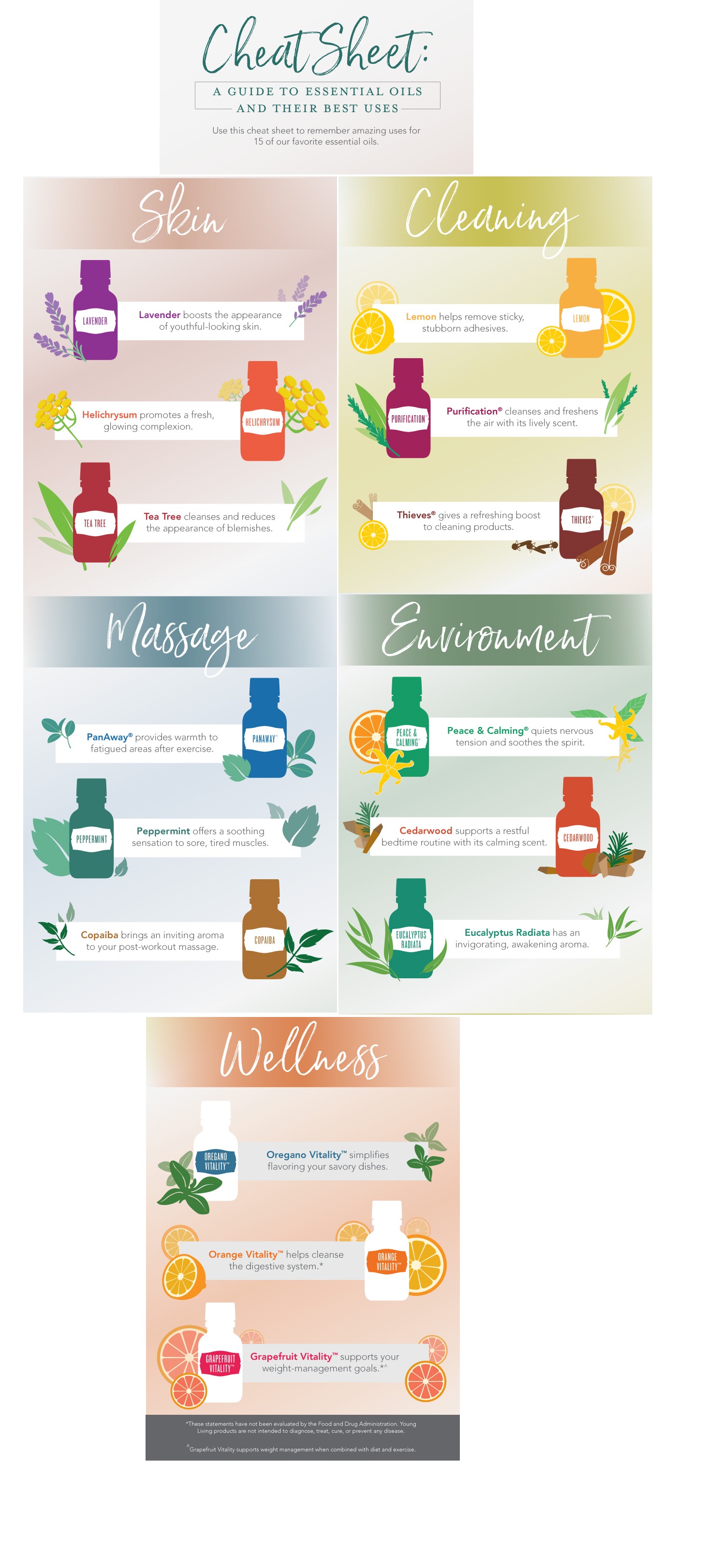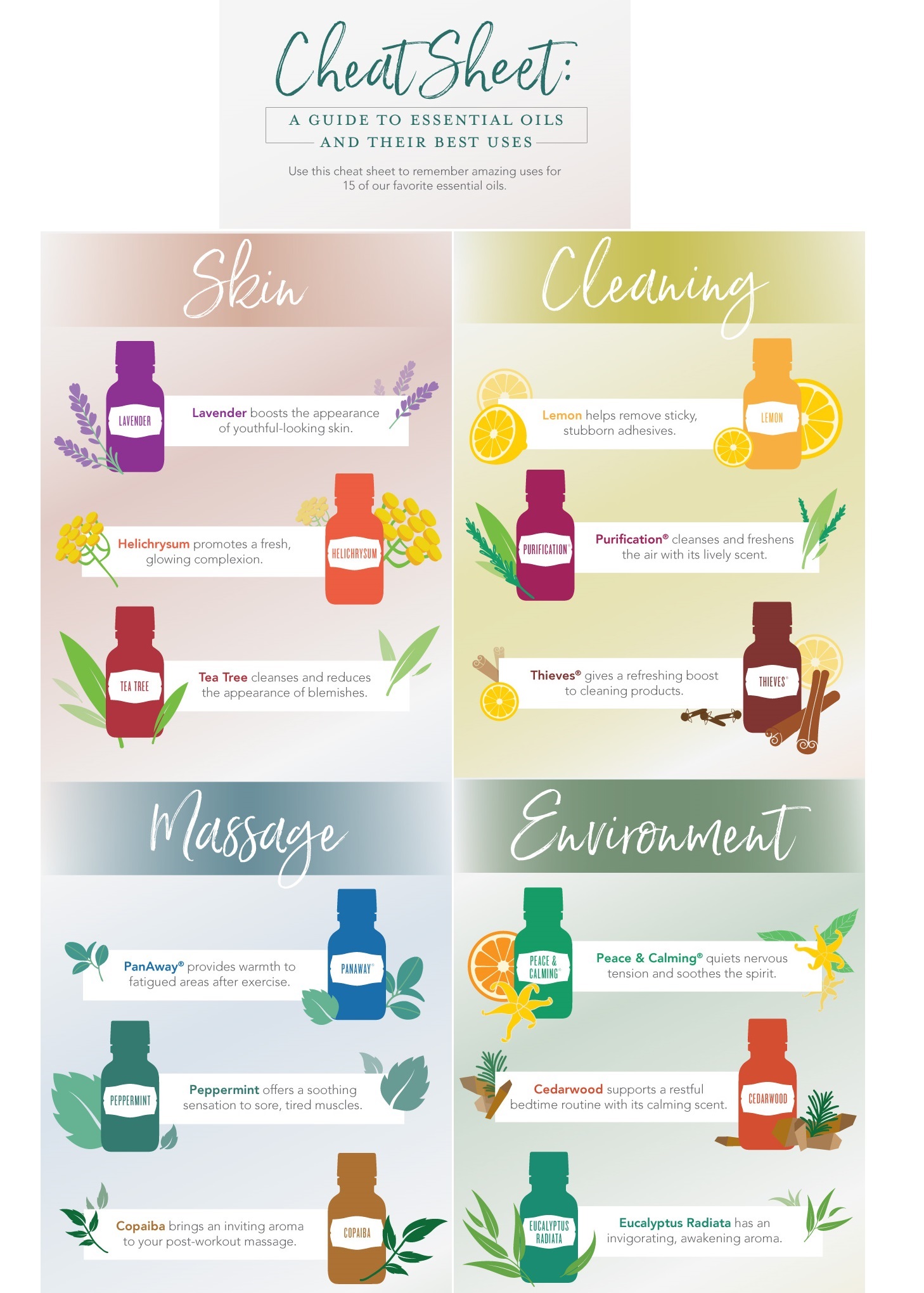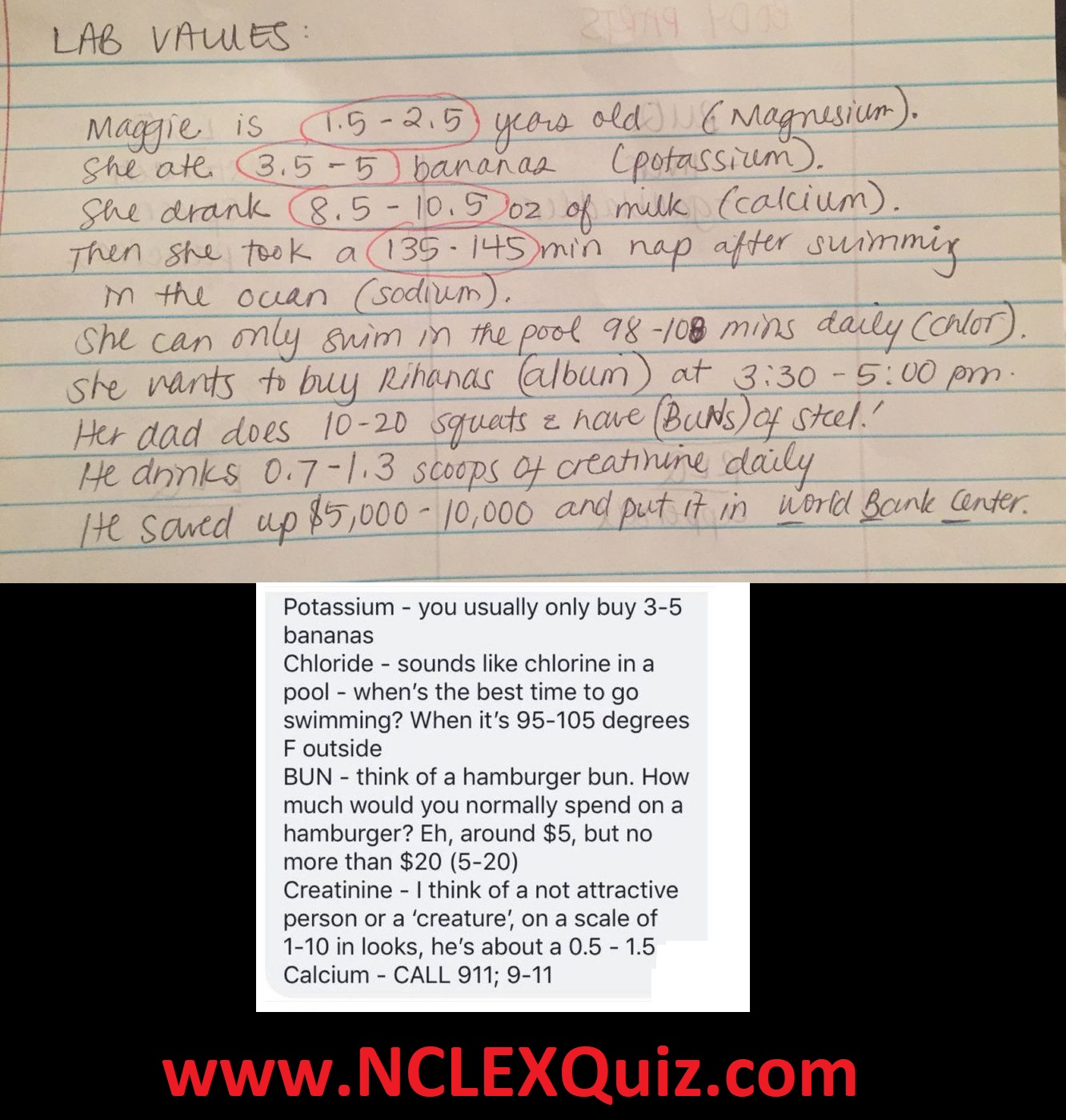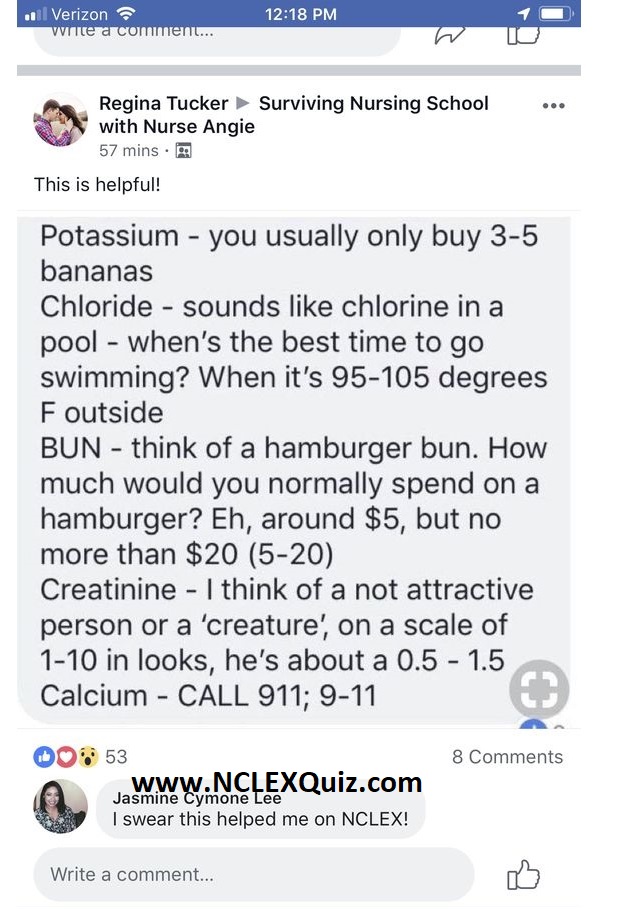10 Steps to Learn ECG Interpretation
Learning the art of ECG interpretation requires intellect, commitment, effort and — perhaps most importantly — an organized approach. I personally have spent thousands of hours (yes, thousands) looking at 12-lead ECG tracings, studying ECGs for the cardiology boards, interpreting ECGs for direct patient care and developing ECG tutorials.
Step 1. Learn the Basics of a 12-lead ECG Tracing
First things first. Knowing the basic parts of an ECG tracing will lay a good foundation for everything else that is to come. The different waves, complexes and intervals need to be ingrained in your brain.
Step 2. Determine Heart Rate on the ECG
To determine whether bradycardia, a normal heart rate or tachycardia is present requires the knowledge to calculate the heart rate on the ECG. Remember to apply these techniques to both the atrial rate, measured by the rate of the P wave, and the ventricular rate, measured by the rate of the QRS complex.
Step 3. Determine Axis on the ECG
The axis on the ECG can give a clue to many different pathologic states. Unless you are going into electrophysiology as a career, the only axis that you need to measure is that of the QRS complex.
Step 4. Learn Abnormal Heart Rhythms
Learning a normal sinus rhythm was taken care of in Step 1. Now, learn the below rhythms like the back of your hand.
Step 5. Learn Chamber Hypertrophies and Bundle Blocks
Sometimes this can be the most difficult part. Atrial enlargements are not too bad, but the criteria for left ventricular hypertrophy can drive you crazy. No need to memorize then all, just the main two or three.
Step 6. Learn Acute MI and Ischemic ECG Findings
Step 7. Learn the Everything Else Including Atypical ECG Findings
Step 8. Quiz, Quiz, Quiz and Review, Review, Review
Step 9. Review ECGs in Real Patient Case Scenarios
Step 10. Teach Others How to Read an ECG
